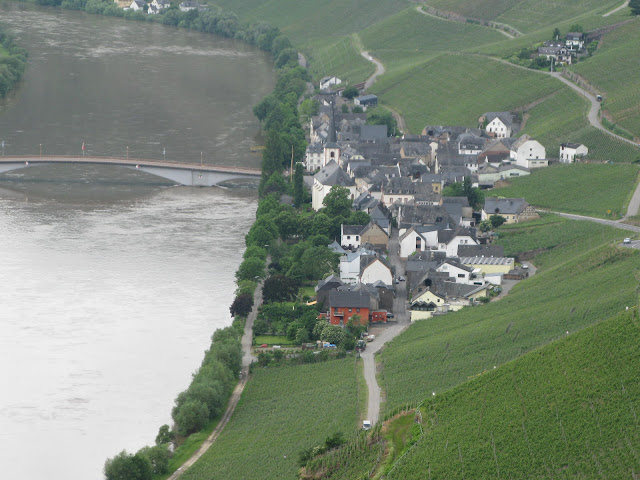Hi, everybody, and
welcome to Cépage et Cuisine, Mary’s and
Brian’s blog about wine, food, and culture.
In case you’ve wondered, that’s pretty much the translation of the name
of our blog. Cépage et Cuisine is
French and translates to Grape and Food.
Today we’re sharing a little of our town, Plymouth, Michigan. It is a small town about 20 miles west of
Detroit. By the way, don’t believe
everything bad you read in the news about Detroit. It is a wonderful city that offers a high
quality of life and many amenities.
This is a great time of
year in Plymouth. We have a small
farmers market in our downtown area every Saturday morning, plus many
interesting shops and restaurants. I jog
into town and Mary meets me there to shop the fresh items. It’s not the Beaune market, but it’s not bad
and going there has become a relaxing weekend ritual for us. Mary totes me back home in the back of the pickup truck.
Here are a few photos of
the local and fresh items that are available.
Fresh Michigan cherries …
can’t beat ‘em.
Entertainment was
provided by the Village Strings, local acoustic musicians who feature the hammered
dulcimer, mandolin, fiddle and other traditional stringed instruments. Enjoy this short clip.
Here’s Mary browsing the
flower selection.
Here’s our downtown Main
Street … very Americana.
Boule Bakery supplies a
large selection of fresh baked bread every day.
They even custom make my sugar-free whole grain bread for me.
Here’s the Plymouth
Coffee Bean where we buy our whole beans for daily grinding at home just before
brewing. The Coffee Bean also exhibits
local art and provides a venue for local musicians and poets.
Here are our fresh items
for the day. Fresh sweet peas are in
season and they are wonderful. We never
got those fresh before we moved to Plymouth.
I think the climate in the hot and humid South was inhospitable to
them. They were always frozen or in a
Green Giant can.
Morgan and York, our
favorite deli and wine shop in nearby Ann Arbor, conducts wine tastings many Saturday afternoons.
Taking in a Tigers game
in Detroit is a fun, fun evening. Gives
Mary a great excuse to enjoy a hot dog and a cold one.
That’s our post for
today. We hope you enjoyed it. With all that's going on in the world around us, we think staying in touch with the simple pleasures of community and family will help us keep perspective and priorities in place. Thanks so much for reading us at Cépage et
Cuisine. Check back for
more posts about wine, food, and culture, which we’ll try to add from time to
time. In the meantime,
Cheers!
Mary♥Brian
































































